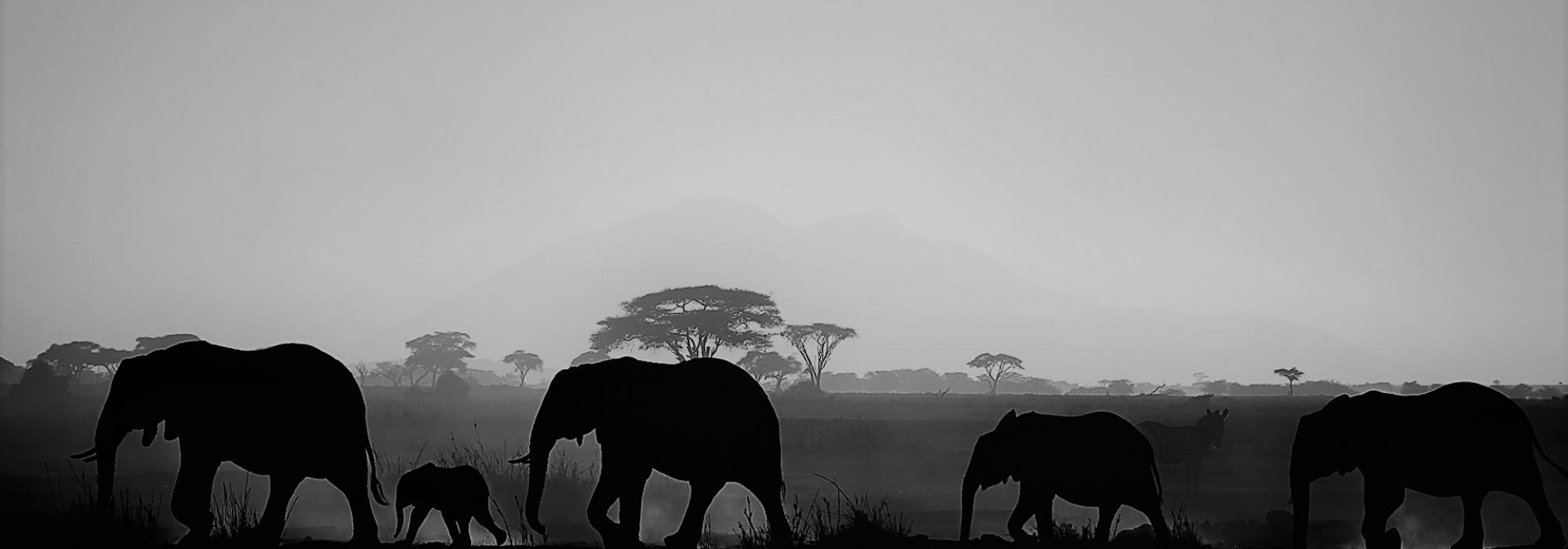Arjuna now asks
ye śāstravidhimutsṛjya yajante śraddhāyānvitāh ।
teṣāṃ niṣṭhā tu kā kṛṣṇa sattvamāho rājastamah ॥BG 17.1
Some people in the world possess śraddhā, but not in the rules of the śāstra but in something else imagined by themselves. What happens to them?
We often see such people around us. There are new gurus everyday teaching their newer meditative practices. The Svāmī with the perfumed beard, the svāmī who sat for eight days with his feet bound in chains, the svāmī who showers his instructions like an incessant drizzle, the yakṣiṇī svāmī with his yantras and mantras, the mighty and miraculous svāmī - are all adept at attracting the world.
The seer of Sringeri, Śrī Śivābhinava Nṛsiṃhabhāratī prayed thus:
kāśāyavastreṇa karāttadaṇḍa-
kamaṇḍalubhyāṃ japamālayā ca
vibhrāmayantaṃ gṛhiṇāṃ kadambaṃ
māṃ pāhi pṛthvīdhararājaputri !
"O Devi Pārvatī! What am I doing? Decked in saffron garments, holding a kamaṇḍalu in my hands, along with a japa-mālā, and the staff of saṃnyāsa - I delude the householders. It is you who should protect such a person".
Those words that came from him as an expression of ego-effacement are literally true in the case of many others who, unfortunately, are gaining fame by proclaiming themselves as the redeemers of the world. At such a time, it is our duty to be alert. Śraddhā has a hierarchy of worthy and unworthy recipients. In worthy recipients, śraddhā elevates the jīva while it causes the jīva’s downfall when invested in the unworthy.
śraddhāmayo’yaṃ puruṣaḥ । yo yacchraddhaḥ sa eva saḥ ॥
BG 17.3
A man is the śraddhā he keeps.
A man’s progress is influenced by the object he values most and believes to be of utmost importance. A man’s final state depends on whatever he believes in. Every man is defined by the śraddhā he professes. Therefore there must be intellectual caution even in the object of his śraddhā.
Śraddhā is of three types - sāttvika, rājasa, and tāmasa. Thus, those who worship the devatās are sāttvika; those worshipping groups of yakṣas and rakṣas are said to be rājasa while those propitiating the bhūtas and pretas are deemed tāmasa. Those performing extreme rituals, horrific balis, and intemperate penances are all tāmasa, not sāttvika. Such acts are āsurī, impelled by desire, fuelled by ego, and result in pāpa.
Just as in worship, there are differences even in food and behaviour. The well-being of the body and the mind is according to the food consumed.
rasyāḥ snigdhāḥ sthirā hṛdyā āhārāḥ sāttvikapriyāḥ ||
BG 17.8
Foods that are delicious, soft, can be easily absorbed into the blood and muscles, and give strength to the heart are sāttvika.
If one is desirous of longevity, activity, strength, pleasure and happiness, then one must partake of sāttvika foods.
This ideal of food must not be forgotten by the students of the Gītā. Praising the greatness of the sāttvika ideal while gorging on tāmasa food is meaningless. The quality, strength and nature of man are all influenced by what he eats. Whatever be the disease, right food is the first medicine.
annaṃ hi bhūtānāṃ jyeṣṭham |
tasmāt sarvauṣadhamucyate |-Taittirīyopaniṣad 2.2.1
Even modern doctors hold that the traditional food habits of our people are best. Rice obtained from threshing paddy at home, flour from grinding stones, a substance (now rarely found!) known as ghee, gingelly oil from wooden oil presses - are all sāttvika foods. Dāl/huḷi made of pulses, sāru/rasam, obbaṭṭu/pūraṇ poḷi, and salads are considered healthy. Doctors say that these old style traditional food preparations constitute a ‘balanced diet.’ These have unfortunately been replaced by biscuits, ice creams, candies and other foods with unpronounceable names in our ultra-modern age. Preparing foods of yore requires patience in our minds, strength in our arms, and respect towards cooking as an important duty. How can we expect that grand old lady’s qualities in this era of superficially shiny and dainty appearances?
If one wants anxiety, flaring tempers, and fatigue, one can consume sour, salty, pungent, hot and hard foods.
Stale, spoiled, and dry items, and remnants of food eaten by another are the foods of tāmasas.
There are three kinds in yajña and dāna as well.
aphalā-kāṅkṣibhir-yajño vidhidṛṣṭo ya ijyate ।
yaṣṭavyam-eveti manaḥ samādhāya sa sāttvikaḥ ।।BG 17.11
A yajña carried out with no expectation of reward, a firm faith that performing the rituals prescribed in the śāstra is an obligatory duty, and a calm mind are deemed to be of sāttvika-śraddhā.
The yajña performed with the expectation of a reward, or for one’s own vanity or to get praise from the world is considered rājasa.
That activity bereft of mantras or dakṣiṇā (remuneration offered to the officiators in a yajña) or purity, not following a prescribed set of rules, and is wantonly done is called tāmasa.
Tapas (penance) also is of three kinds.
anudvegakaram vākyaṃ satyam priyahitaṃ ca yat
svādhyāyābhyasanaṃ caiva vāṅmayaṃ tapa ucyateBG 17.15
Restraining oneself in one’s mental, verbal and bodily activities, thereby not causing any anxiety, and keeping one’s mind clear is tapas that is sāttvika.
Tapas performed with the objectives of felicitation, honour, or reverence from others is rājasa.
The activity performed with obstinacy and an intent to harm others is tāmasa. Āsurī activity is such.
Dāna (charity) too is of three types.
dātavyam-iti yad-dānaṃ dīyate’nupakāriṇe |
deśe kāle ca pātre ca taddānaṃ sāttvikaṃ smṛtam ||BG 17.20
The dāna that is made to a person incapable of returning the favour after ascertaining his circumstances and his worthiness and done as an obligatory duty is termed sāttvika.
The dānas given with the expectation of a favour in return or carelessly or without regard for who is receiving the dāna are deemed rājasa and tāmasa.
After expounding upon how the three-fold śraddhā is expressed with regard to the recipients and methods of worship and yajña, dāna and tapas with relevant illustrations, Bhagavān now shows us the path of worship of the supreme jñānī who is beyond the three guṇas.
Om tatsaditi nirdeśo brahmaṇas-trividhaḥ smṛtaḥ |
brāhmaṇas-tena vedāśca yajñāśca vihitāḥ purā ||BG 17.23
Designating the Supreme Brahma through the three symbols is an ancient practice. 1. Om 2. Tat. 3. Sat - are those three sound symbols. Through that designation by Brahma were ordained - at the time of creation - brāhmaṇas (those who instruct Brahmavidyā), the Vedas (the repositories of Brahmavidyā), and the yajñas (the acts that worship Brahma).
The above means that all those words, treatises, and activities that are for the worship of Brahma - whatever is worthy of worship and is holy - all of that is indicated by “Om tat sat”. Whatever is directed by Brahma and whatever is offered to Brahma - all of it is covered under “Om tat sat”.
To be continued...
The present series is a modern English translation of DVG’s Kendra Sahitya Akademi Award-winning work, Bhagavad-gītā-tātparya or Jīvana-dharma-yoga. The translators wish to express their thanks to Śatāvadhāni R Ganesh for his valuable feedback and to Hari Ravikumar for his astute edits.







































